Jaguar to sell just ONE model, four petrol and diesel cars and the I-Pace to be scaled back in a big push towards electric cars
Anyone who wants a new Jaguar in 2024 will only have a choice of one model.
That’s because the British brand, now owned by Indian conglomerate Tata, is cutting almost its entire car production line in preparation for the switch to fully electric vehicles in 2025, with many well-known brands being phased out.
The Coventry manufacturer has announced it is pulling a total of five models from the market, leaving just one combustion engine car in Jaguar’s current line-up.
The brand has admitted that the soon-to-be-discontinued models offer “almost no profitability”.
I-Pace stripped down: Jaguar has announced that its sole existing EV is one of five models it will ax this year before the brand is restructured as an electric-only luxury marque. In total, more than 60,000 Jaguar I-Pace have been sold globally
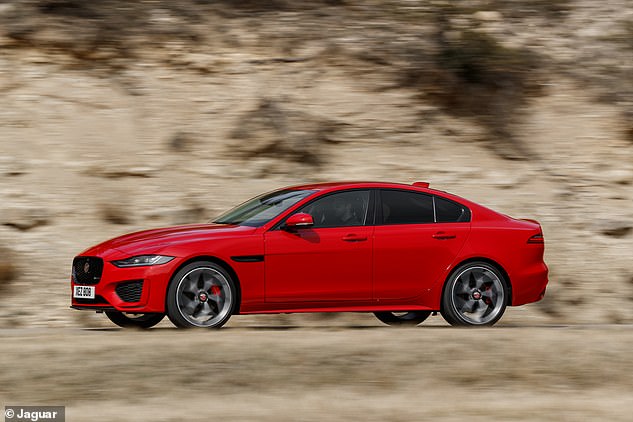
The XE sedan is yet another to be added to the rejected car pile, set to be thrown out the door later this year
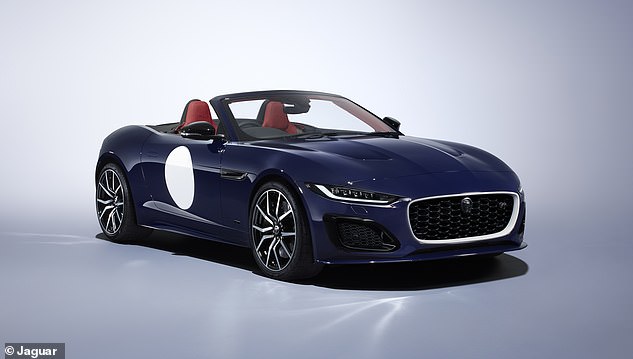
Last year it was announced that the F-Type sports car was destined for the scrapyard
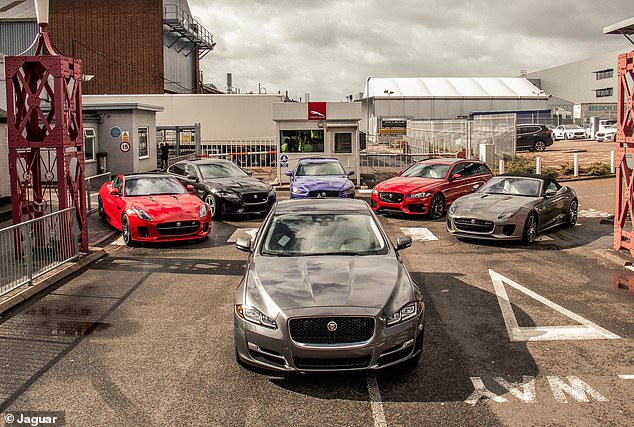
The carmaker’s Castle Bromwich plant (pictured) will stop production of the XE and XF saloons and the F-Type sports car this year
The five models being axed by parent company JLR (formerly Jaguar Land Rover) are the F-Type sports car, the E-Pace compact SUV, the XE mid-size sedan, the XF premium sedan and the I-Pace electric SUV.
The only model still in production is the F-Pace: Jaguar’s answer to the large luxury SUV.
While the abolition of the XE and XF sedans and the F-Type sports car isn’t new news – JLR announced in March that it would stop production of those cars – the E-Pace and I-Pace are unexpected additions to the chopping block.
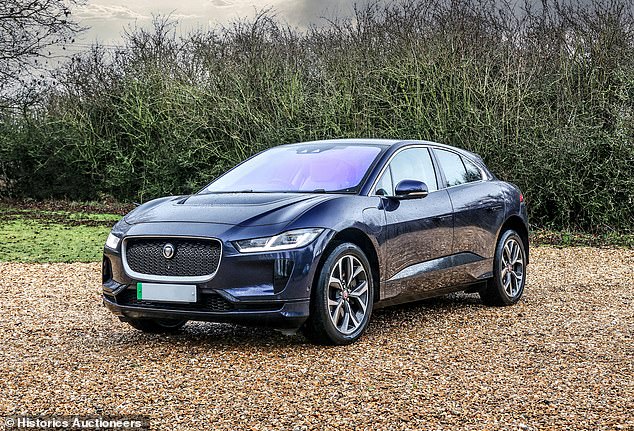
The former Jaguar I-Pace of King Charles III. Always an advocate for environmental causes and a known car enthusiast, King Charles personally purchased this electric car from Jaguar in 2018, making it the first fully electric car in the royal family
The I-Pace has been JLR’s only electric car since 2018 and became famous for being one of the first mass-produced luxury electric SUVs on the market.
Even King Charles was a fan and bought himself a Jaguar I-Pace EV400 HSE, the top model in the colour ‘Loire Blue’: the first fully electric car in the royal family.
But the British brand is primarily focused on developing a modern generation of electric cars and wants to produce exclusively electric luxury cars from next year.
The brand, owned by Tata Motors, plans to launch three new all-electric models, all of which will be built on a Jaguar Electrified Architecture (JEA) platform.
The first new-generation electric car will be unveiled next year, while a concept car will be revealed in the US this year.
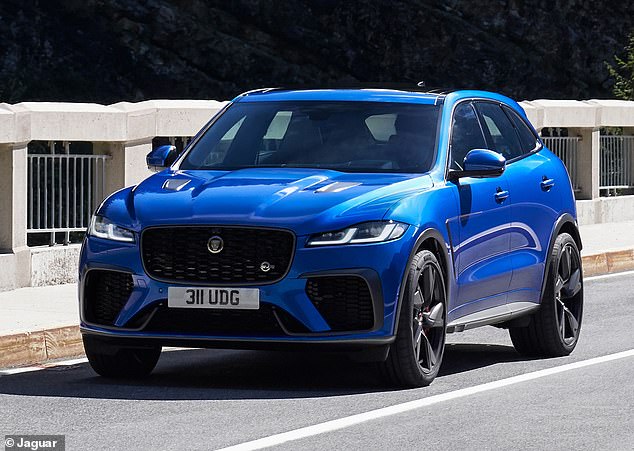
The Jaguar F-Pace is the only SUV and current Jaguar model not being scrapped
In addition to repositioning the electric model, Jaguar is also trying to boost sales and increase the selling price of its vehicles.
According to Automotive News EuropeCEO Adrian Mardell told investors on June 19: “We are eliminating five products, all of which are lower value.
“None of these vehicles made us any money, so we are replacing them with new vehicles with newly designed architectures.”
Mardell said that by eliminating the five models, JLR will increase the average selling price of its products.
The average selling price of JLR models is now £70,000.
JLR’s financial success of late has largely been driven by its three large, profitable models: the Range Rover, Range Rover Sport and Land Rover Defender.
These three models accounted for 59 percent of the brand’s 111,180 units sold globally in the three months to June.
According to Mardell, the three luxury vehicles contributed a total of 85 percent to JLR’s ‘value’.
He said Jaguar ‘will lose products, but they are not the rich ones’.
Jaguar sold just 15,324 cars between April and June, compared to 95,856 for Land Rover.
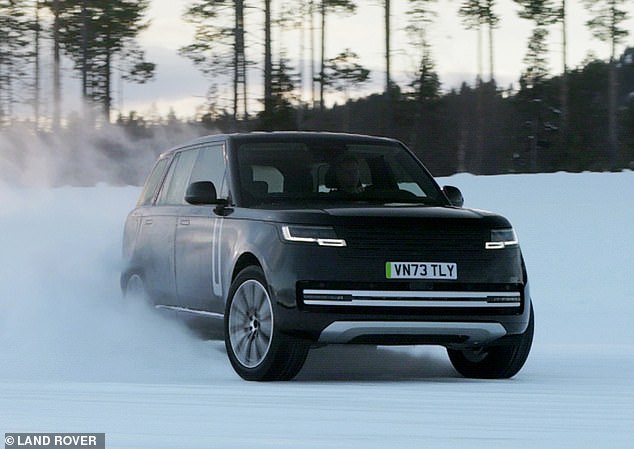
JLR has already released images of its new electric Range Rover, which will be revealed soon
Jaguar’s three new electric models will soon be joined by a trio of electric Land Rover products.
Land Rover’s first electric car will be the long-awaited all-electric version of the Range Rover.
The Range Rover EV is expected to cost at least £130,000, with higher-end versions costing as much as £200,000.
Automotive News Europe also reports that JLR has told investors it is aiming to increase sales of high-end, special edition models by more than £1.5 million in a new ‘halo strategy’.
A JLR spokesperson told This is Money in March: ‘As JLR transitions to an electric future, current Jaguar production at our Castle Bromwich site will end in June 2024.
‘Jaguar begins an exciting new era as an all-electric, modern luxury brand with production starting at our Solihull plant from 2025.’
Some links in this article may be affiliate links. If you click on them, we may earn a small commission. That helps us fund This Is Money and keep it free. We do not write articles to promote products. We do not allow commercial relationships to influence our editorial independence.
